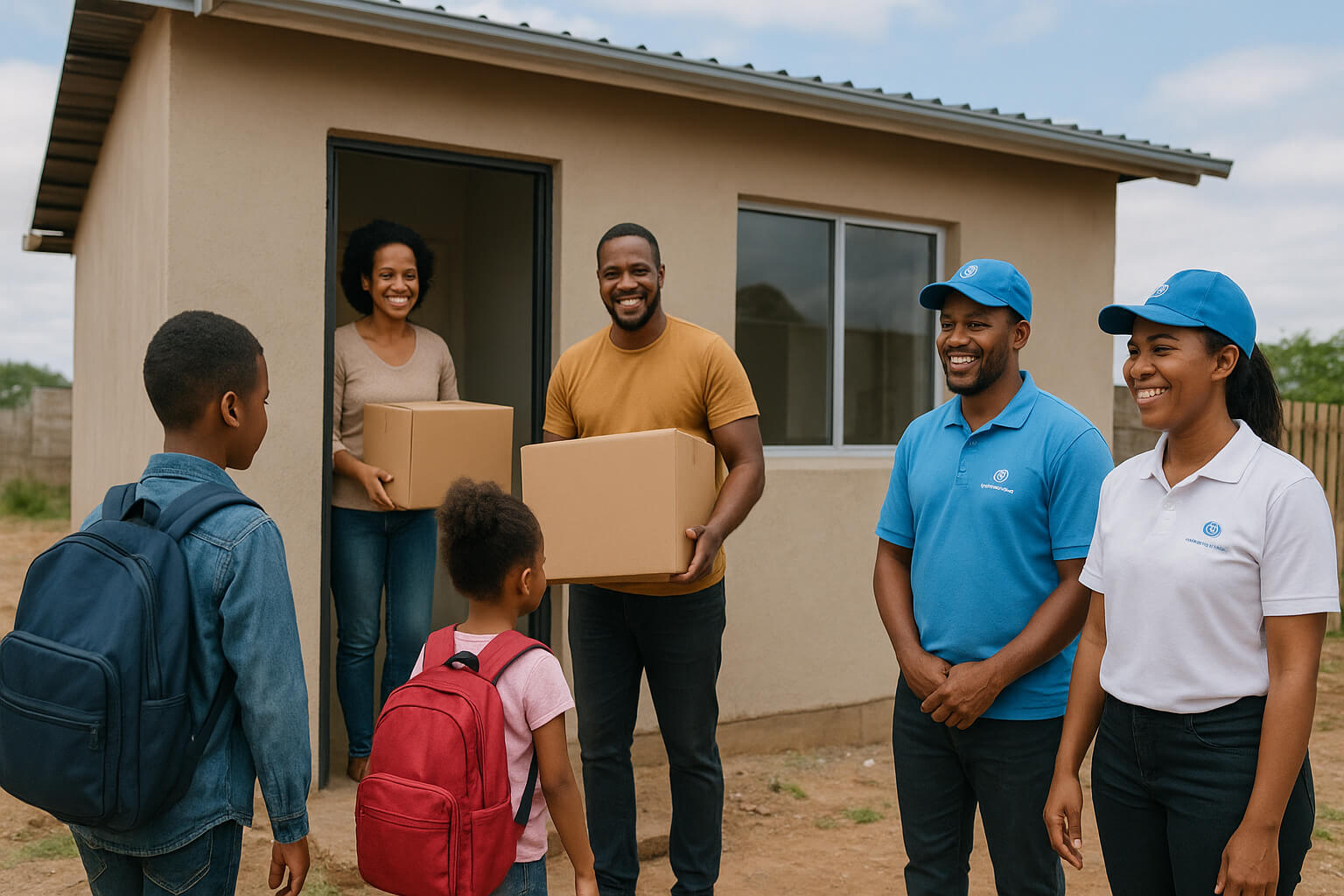Stories of Transformation: Escaping the Grip of Poverty

Poverty is not merely the absence of financial resources—it’s a complex, deeply rooted cycle that impacts nearly every aspect of a person's life. From limited access to education and healthcare to the erosion of dignity, mental health, and long-term opportunities, poverty creates a web of disadvantage that is difficult to escape without intervention. Yet, amidst these challenges, there are countless inspiring stories of individuals and communities who have broken this cycle—proving that with the right support, transformation is not only possible but sustainable.
Nonprofits across the world are playing a critical role in this effort. By focusing on education, community development, sustainable livelihood programs, and mental health advocacy, they are helping rewrite the narratives of millions who once faced seemingly insurmountable odds.
Education: The Foundation for Breaking the Cycle
- Access to education is one of the most powerful tools for eradicating poverty. When children—especially girls and marginalized youth—are given the chance to learn in safe, well-resourced environments, they gain more than academic knowledge. They gain confidence, aspirations, and a path to a better future.
- Education reduces the likelihood of early marriage, improves health outcomes, and increases earning potential. Initiatives like Breaking Down Barriers to Education for Girls Globally demonstrate how targeted programs, such as scholarship funds, mentorship networks, and school meal plans, can overcome barriers like gender discrimination, long travel distances, or lack of menstrual hygiene resources.
- For example, in rural Kenya, nonprofit-run schools have seen a 40% increase in female attendance simply by providing safe transport and sanitary supplies. These changes don’t just impact one generation—they ripple outward, benefiting entire communities.
Social Justice and Equity: Dismantling Systemic Barriers
- Poverty isn’t just about individual choices—it’s shaped by larger systems of inequality. Without addressing these systemic roots, efforts to alleviate poverty will remain incomplete. That’s why social justice initiatives are vital.
- Fair housing, access to healthcare, clean water, legal aid, and fair employment practices are all necessary components of lasting change. According to the World Bank, successful poverty alleviation must integrate economic inclusion with social protections—ensuring that people don’t just survive, but thrive with dignity.
- Grassroots efforts, such as community land ownership programs in Latin America or mobile health clinics in Southeast Asia, show how localized, inclusive decision-making can close the gap between policy and real-life impact.
Mental Health: Healing the Invisible Wounds of Poverty
- Often overlooked, mental health support is a critical part of lifting people out of poverty. The constant stress of financial insecurity, food scarcity, and housing instability leads to anxiety, depression, and trauma—making it even harder to pursue education or employment.
- Initiatives like Advocating for Mental Health Awareness: Your Role shine a light on how mental health services can change lives. Whether it’s trauma-informed care in refugee camps or peer counseling for single parents in urban centers, mental health support gives people the resilience and strength to move forward.
- Take the example of a young mother in Bangladesh who, after receiving therapy and job training through a local nonprofit, not only overcame postpartum depression but also became a community counselor herself—creating a cycle of healing and empowerment.
Community Empowerment: Investing in Long-Term Solutions
- True change happens when communities are not just helped—but empowered. Programs that equip individuals with tools, skills, and resources allow them to become agents of their own transformation.
- Microfinance, vocational training, and cooperative business models have been especially successful in places where traditional employment is scarce. In sub-Saharan Africa, for instance, women-led savings groups have enabled thousands to start small businesses—tailoring shops, vegetable farms, and solar charging stations—allowing families to generate stable income and build local economies.
- Reports by the UNDP confirm that community-driven development is among the most effective strategies for reducing poverty. When people are treated as partners rather than passive recipients of aid, the results are more durable and inclusive.
A Shared Responsibility: What You Can Do
These powerful stories remind us that poverty eradication is not just about charity—it’s about justice, solidarity, and opportunity. Everyone has a role to play.
- Support nonprofit organizations working directly with underserved communities.
- Advocate for fair policies that promote equity in education, housing, and healthcare.
- Raise awareness within your networks to challenge stigma and promote dignity for all.
- Volunteer your time or skills, whether by mentoring, fundraising, or providing technical expertise.
When we come together—governments, nonprofits, businesses, and individuals—we create a world where poverty no longer defines someone’s identity or limits their future.
Final Thought
Poverty may be a complex problem, but it is not an unsolvable one. With compassion, commitment, and collective action, we can break the cycle and open the door to a more just and equitable world. Every step matters, every voice counts, and every life transformed is proof that change is possible.
